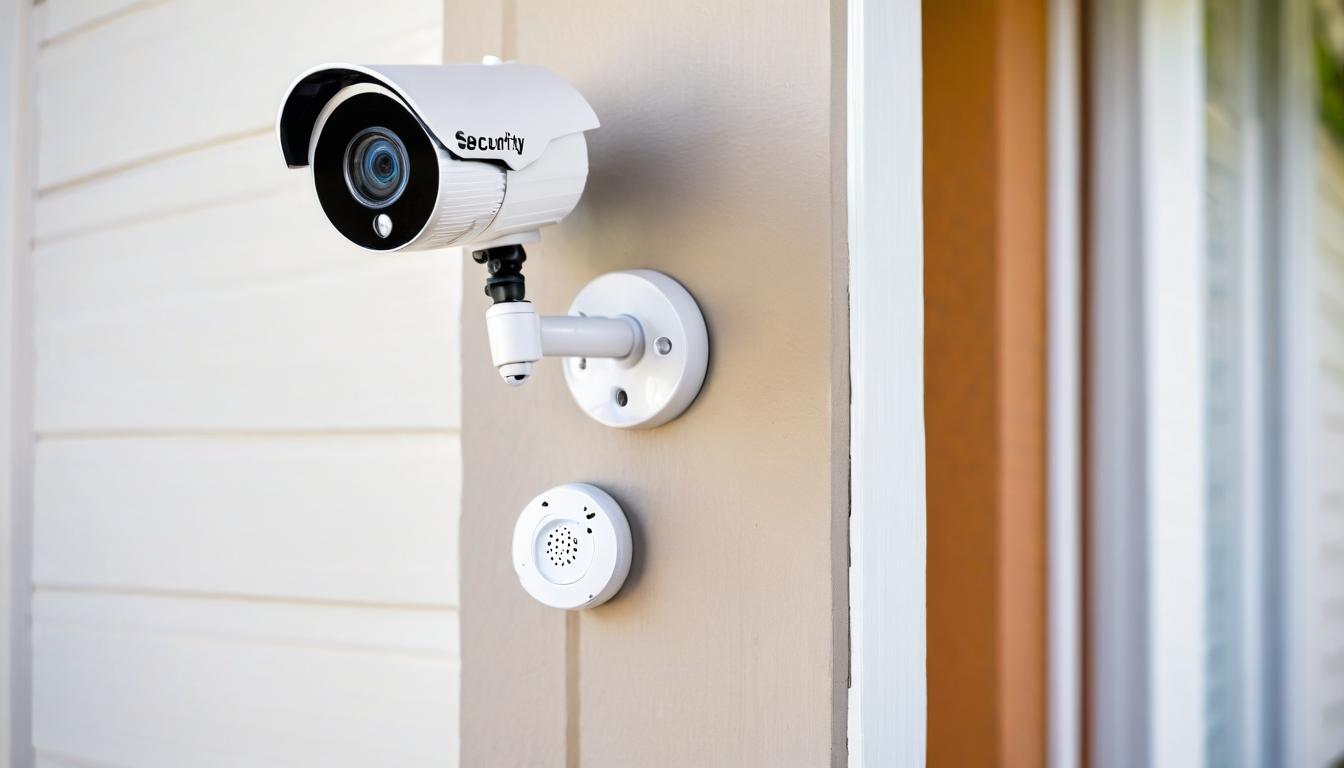The blinking blue light on your smart doorbell promises safety. The app on your phone offers peace of mind with real-time alerts. But behind the sleek interfaces and marketing promises lies a landscape of vulnerabilities that security companies rarely discuss. I've spent months digging through security forums, interviewing cybersecurity experts, and testing devices myself—and what I found should make every homeowner pause before clicking 'buy now'.
Smart home security systems have created a paradox: they protect against traditional threats while introducing digital ones. Your Wi-Fi enabled camera doesn't just watch your front door—it creates a potential entry point for hackers. The same technology that lets you check on your pets from work could allow strangers to peer into your living room. Security researchers have documented hundreds of cases where poorly secured devices became surveillance tools for criminals.
Many homeowners don't realize that their security system might be the weakest link in their digital armor. Default passwords, unpatched software vulnerabilities, and insecure cloud storage create opportunities that sophisticated thieves now exploit. I spoke with a former burglar who told me, 'We look for the smart homes first—they're often easier to bypass than traditional alarms.' The very technology designed to protect you might be making you a more attractive target.
Privacy concerns extend beyond hackers. The data collected by your security system—your comings and goings, your daily routines, even recordings of private conversations—creates a detailed profile that companies monetize. While terms of service agreements promise anonymity, the reality is more complex. One security analyst showed me how easily he could reconstruct a family's entire weekly schedule from their smart lock and camera data alone.
The installation process itself creates risks that most homeowners overlook. That quick DIY setup might save you money, but improper placement of sensors and cameras leaves blind spots that experienced criminals recognize immediately. Professional installers know to look for these patterns, but the average consumer following online tutorials often misses critical details that compromise their entire system.
Neighborhood security has transformed in the age of connected devices. While community watch apps and shared camera feeds can create powerful networks of protection, they also raise questions about surveillance and consent. Your camera might capture your neighbor's backyard, their guests, or their children playing—creating legal and ethical dilemmas that communities are only beginning to navigate.
Emergency response systems face their own challenges in the smart home era. When every device claims to offer 'instant emergency alerts,' which ones actually deliver? I tested multiple systems during simulated emergencies and found response times varied dramatically. Some systems connected me to help within seconds, while others left me listening to hold music during critical moments.
The financial impact of security breaches extends beyond stolen property. Insurance companies now adjust premiums based on security system choices, and a hacked system could void certain coverage. One family I interviewed discovered their homeowner's insurance wouldn't cover a theft because their compromised security system failed to trigger proper alerts during the break-in.
Children's safety presents unique concerns in connected homes. Smart devices that track family members' locations create opportunities for stalking and harassment. Parental control features designed to protect kids can sometimes be bypassed by tech-savvy children, creating false senses of security. The balance between monitoring for safety and respecting privacy becomes increasingly delicate as more devices join the family network.
Rental properties and apartments introduce additional complications. Landlords installing security systems may gain access to tenants' private lives through camera feeds and entry logs. Tenants adding their own devices might violate lease agreements or create security vulnerabilities that affect entire buildings. The legal framework for these situations remains murky at best.
Older adults face particular challenges with modern security technology. Complex interfaces, confusing alerts, and rapidly changing technology can leave seniors more vulnerable rather than more protected. Well-meaning family members who install smart security for elderly relatives often overlook the learning curve and accessibility issues that render the systems ineffective.
Environmental factors play a surprising role in security system effectiveness. Extreme weather can disable cameras and sensors, while seasonal changes in landscaping create new hiding spots for intruders. Homeowners in wildfire-prone areas discovered their security systems failed during power outages, just when they needed them most.
The future of home security lies in balancing technological advancement with practical safety. The most secure homes combine smart technology with traditional security measures, creating layers of protection that don't rely on any single system. Experts recommend treating security as an ongoing process rather than a one-time purchase—regular updates, professional assessments, and community awareness create the true foundation of safety.
What emerges from this investigation isn't a condemnation of smart security, but a call for informed caution. The devices that promise to protect us require our attention and understanding. The most dangerous assumption any homeowner can make is that safety comes in a box with a blinking light.
The hidden risks in your smart home: what security companies aren't telling you

